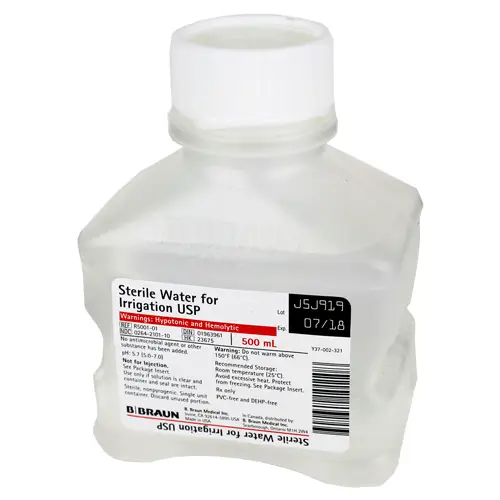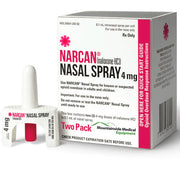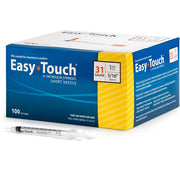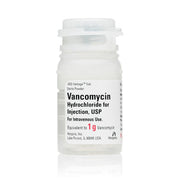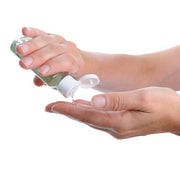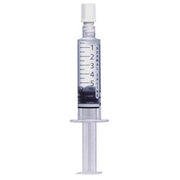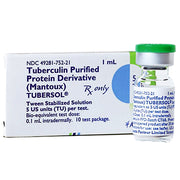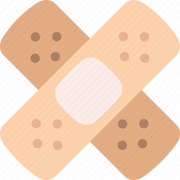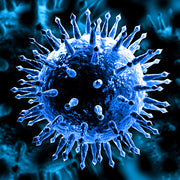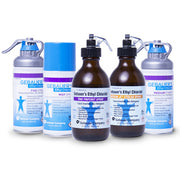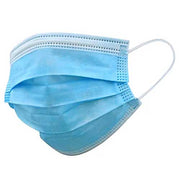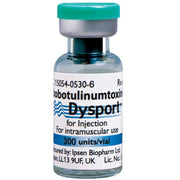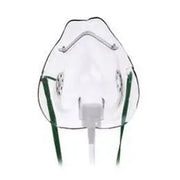Sterile Water for Irrigation is used for cleaning and moisturizing wounds or surgical incisions, as well as flushing out foreign objects or debris from the eyes, nose, or ears. It is also used for flushing out catheters or other medical devices that may become contaminated during use. Additionally, it can be used as a diluent for medications that need to be administered through injection or inhalation.
Sterile water for irrigation is a sterile and clear solution that is free of particles and bacteria. This solution is designed for irrigation and is not for injection. The 500 ml sterile water for irrigation comes in a box that is sterile and tamper evident. The box is also marked with lot number and expiration date. The solution should be stored at room temperature and should be used within six months of opening.
Sterile water for irrigation is used to irrigate eyes, ears, and noses. It can also be used to clean wounds and remove foreign objects from the body. The term "sterile" means that the water has been distilled or filtered to remove all impurities, including microorganisms. Sterile water is used in hospitals and other medical settings to prevent infection.
- Sterile
- Great for rinsing wounds
- Non-pyrogenic
- Security safety seal
- 500 ml per bottle
Directions on how to use Sterile Water for Irrigation:
1. Prepare the sterile water for irrigation: Sterile water for irrigation can be purchased in ready-to-use sterile containers or can be made at home by boiling tap water for 3-5 minutes and letting it cool to room temperature.
2. Clean the area to be irrigated: Before using sterile water for irrigation, the area to be irrigated should be clean and free of debris. Use mild soap and warm water to gently clean the area.
3. Pour the sterile water into a sterile container: If using a homemade solution, pour the fully-cooled boiled water into a sterile container.
4. Warm the water to body temperature: Sterile water for irrigation should be warmed to body temperature (approximately 98.6°F or 37°C) before use. This can be done by placing the sterile container in a warm water bath for a few minutes.
5. Attach a sterile irrigation syringe or bulb to the container: A sterile irrigation syringe or bulb can be used to administer the sterile water.
6. Position yourself comfortably: Find a comfortable position while sitting or lying down, with the affected area elevated if possible.
7. Slowly and gently irrigate the affected area: Use the irrigation syringe or bulb to gently squirt the sterile water over the affected area. Make sure to direct the flow of water away from any wounds or openings to avoid contamination.
8. Use the amount of water recommended by your healthcare provider: The amount of sterile water to use for irrigation will depend on the area and type of irrigation. Follow the instructions provided by your healthcare provider or pharmacist.
9. Discard any unused sterile water: Once the recommended amount has been used, discard any unused sterile water and do not save it for later use.
10. Dry the area: After irrigation, gently pat the area dry with a clean towel. Do not rub the area as this can cause irritation.
11. Clean and store the irrigation equipment: Thoroughly clean the irrigation syringe or bulb and store it in a clean, dry place for future use. Discard any disposable equipment after use.
12. Wash your hands: Always remember to wash your hands before and after using sterile water for irrigation to prevent the spread of germs.

